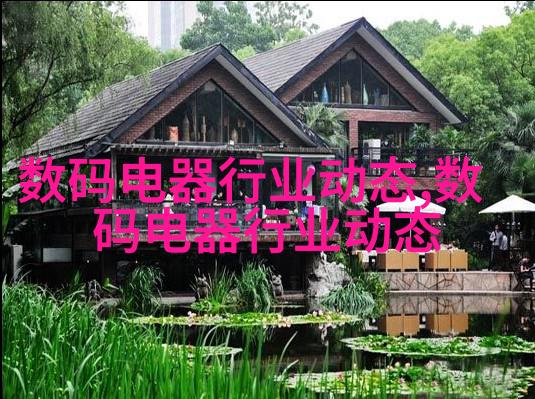
工业废气处理器技术进步与环境可持续性探究
一、引言

随着工业化的迅猛发展,伴随而来的环境问题日益凸显。工业废气作为污染源之一,其排放对空气质量造成严重影响。本文旨在探讨工业废气处理器的技术进步及其对于实现环境可持续性的重要意义。
二、工业废气处理器概述

1.1 定义与分类
工业废气是指由各种生产过程中产生的有害或有毒物质组成的混合物,它们可能含有粉尘、挥发性有机化合物(VOCs)、氮氧化物和硫氧化物等多种污染因子。根据其特点和处理方式,工业废气可以分为三类:无色无味无害、有害但不刺激感官以及刺激感官且具有潜在危害。

1.2 工业废gas 处理原则
Industrial waste gas treatment must adhere to the principles of source reduction, pollution prevention, and environmental protection. The goal is to minimize emissions while ensuring a safe working environment for employees and protecting public health.

二、技术进步简介
2.1 废gas 脱硫脱硝技术发展史

The history of acid gas removal technologies dates back to the early 20th century, with various methods being developed over time including wet scrubbing, dry scrubbing and adsorption processes. These techniques have been continuously improved upon through research and development efforts.
2.2 新兴工艺与应用前景
Recent advances in technology have led to the emergence of new industrial waste gas treatment methods such as electrochemical oxidation, photocatalytic degradation, and membrane separation technologies among others. These innovative solutions offer promising prospects for further reducing emissions levels.
三、环保法规背景下的挑战与策略分析
3.1 环境保护法律法规背景下的一些挑战:
Strict regulations on industrial emissions set by governments worldwide pose significant challenges for companies seeking compliance.
High capital costs associated with implementing state-of-the-art waste gas treatment systems are often a barrier for smaller enterprises.
3.2 策略分析:
To address these challenges effectively requires both short-term tactical responses (e.g., retrofitting existing equipment) as well as long-term strategic planning that includes investment in R&D or collaboration with other industries sharing similar goals.
四、高效率低成本解决方案设计考虑因素评估
4.1 设计原则:以高效率为核心,结合经济性。
Designing efficient yet cost-effective solutions is crucial when considering the financial constraints faced by many businesses in this field.
4.2 系统选择及优化策略:
A thorough evaluation of available system options should be conducted before selecting an optimal solution based on factors like pollutant composition analysis results from monitoring data collection points within production facilities themselves or their supply chains where appropriate input can be obtained from industry experts who may provide valuable insights about which specific approaches might work best under given circumstances given any limitations present due its own resource availability during implementation phase; otherwise going forward without proper knowledge could lead us astray down an ineffective path fraught with unforeseen complications arising out improper execution resulting ultimately causing unnecessary delays which would put strain not only economically but also environmentally since there isn't enough room left between now & tomorrow let alone yesterday - So we need better choices made today so future generations don't suffer because we didn't know how else than just throw money at it hoping something sticks!
五、新兴材料在绿色工程中的应用研究
5新材料被广泛用于绿色工程领域,其中包括使用更耐用的催化剂来提高反应速率,并通过降低能量消耗来减少温室效应。此外,这些新材料还可以帮助改善系统性能,使之更加耐用并降低维护成本,从而进一步推动了节能减排目标的实现。
六、本文结论
本文总结了从历史到未来,关于如何有效利用新的科学发现和创新技术来制定针对性的政策措施,以促进全球范围内工業廢氣處理技術進步,并因此增强環境可持續性。这项工作需要跨学科合作,以及政府、私营部门之间紧密合作,以确保所有相关利益方都能够受益于这些努力。



